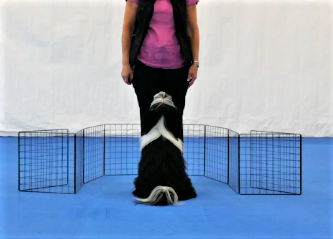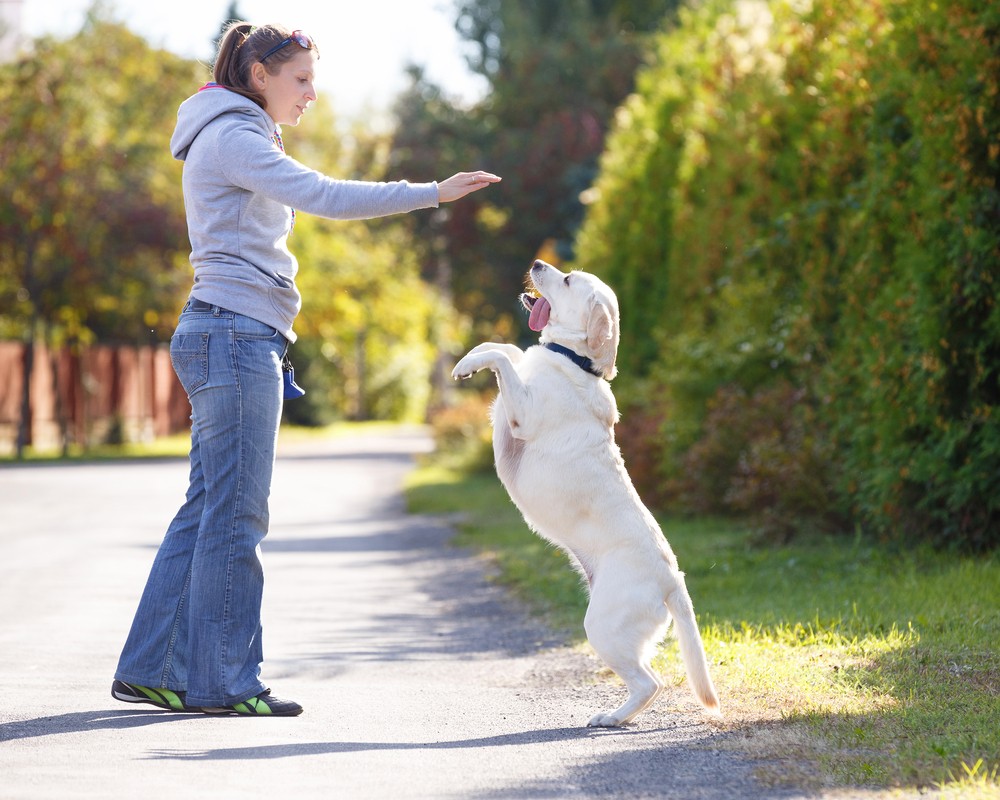"My dog loves jumping on the furniture and running across the back of the sofa. He would be great at agility!"
To my dog training friends… professional and hobbyist:
How many of you rolled your eyes?
Be honest! I know I have!
The idea that a "pet person" could think that because their dog liked jumping on the furniture – likely "out of control" – they could compete in agility?
How many of us have disparaged the thought, deemed that owner ignorant of what is involved in training for agility, and becoming competitive in the sport?
Or in freestyle (my dog loves to walk on his hind legs!), or flyball (my dog loves tennis balls!), or obedience (my dog has a great stay!). Pick your sport.
We were all there once.
Few of us entered the world of training and dog sports knowing what we know today, nor does what we know today mean we won't learn more tomorrow. We were once one of "those pet owners."



